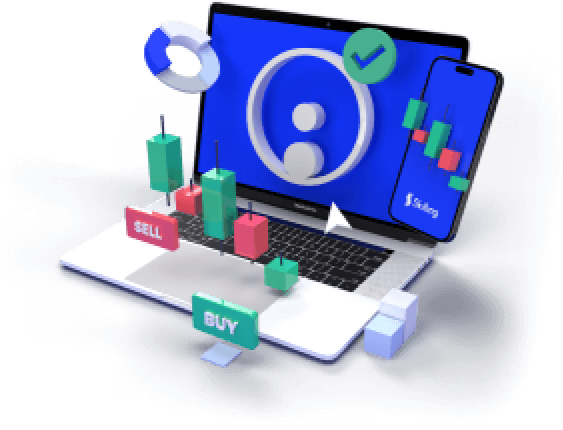Financial markets are often quick to react to central bank moves, but this time the reaction has been surprisingly muted. The removal of a Federal Reserve governor under contested circumstances should have sparked volatility. Instead, equities held steady, bond yields shifted only slightly, and currency markets barely moved. On the surface, traders appear unconcerned. Yet beneath that calm lies the risk of creeping political influence, which can be far more dangerous in the long run.

Institutional safeguards under strain
The Fed’s independence has always been central to its credibility. Its mandate to balance inflation and employment depends on decisions free from political cycles. When leadership changes come under political pressure, that independence is weakened. The dismissal of a governor may not immediately alter interest rate policy, but it sets a precedent that can have lasting implications. If markets dismiss it as background noise, the erosion of trust can go unnoticed until conditions change sharply.
Why traders remain complacent
One reason is the current economic environment. Inflation has eased from its peaks, and the labor market shows signs of cooling. Traders expect that the Fed will soon shift toward cuts, and these expectations support valuations. Another factor is the pace of change. Investors tend to react strongly to sudden shocks, while gradual developments are discounted as noise. This means institutional risks can build up quietly while traders focus on near-term data.
The danger of gradualism
The real risk is not in the immediate dismissal of one official but in the precedent it sets. Confidence in the Fed’s independence does not collapse overnight. Instead, it erodes over time as each intervention chips away at credibility. Once markets begin to doubt that decisions are made independently, risk premiums can rise quickly. By then, restoring trust becomes harder and more costly.
Potential consequences
Should political pressure intensify, the impact could spread across asset classes. Bond investors might demand higher yields, equity valuations could face pressure, and the dollar’s role as a safe-haven could weaken. None of these scenarios is priced in today, which makes the calm deceptive. History shows that once credibility is lost, volatility often returns suddenly.
Potential Strategies/Approaches
Traders cannot control political decisions, but they can prepare for their impact. Scenario planning is crucial. What happens if more officials are removed? How would markets react if courts uphold or reject presidential authority? Each scenario should guide position sizes and stop-loss levels. Diversification also matters. Exposure concentrated in one market leaves traders vulnerable to shocks. Balancing across currencies, equities, commodities, and bonds provides resilience.
Some market participants’ short-term tactics may include reducing exposure before sensitive announcements. Medium-term strategies used by some traders could involve pairing interest rate–sensitive trades with defensive assets. Traders must also maintain information discipline. Headlines can exaggerate or understate risk. Cross-checking moves across multiple markets—bonds, equities, currencies—helps confirm whether a story is priced in or not.
Conclusion
Markets appear calm in the face of political interference at the Fed, but that calm should not be mistaken for safety. Independence is a cornerstone of credibility, and once it erodes, the damage can be everlasting. The lesson is simple: today’s stability does not eliminate tomorrow’s risks. Vigilance and preparation remain the best defenses in an uncertain environment.
Why miss out on the commodities market's potential?
Discover the untapped opportunities in top traded commodities CFDs like gold, silver & oil.
71% of retail CFD accounts lose money.












